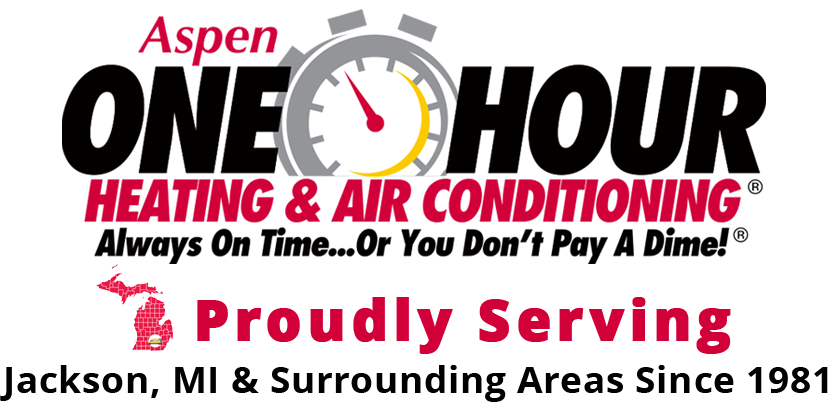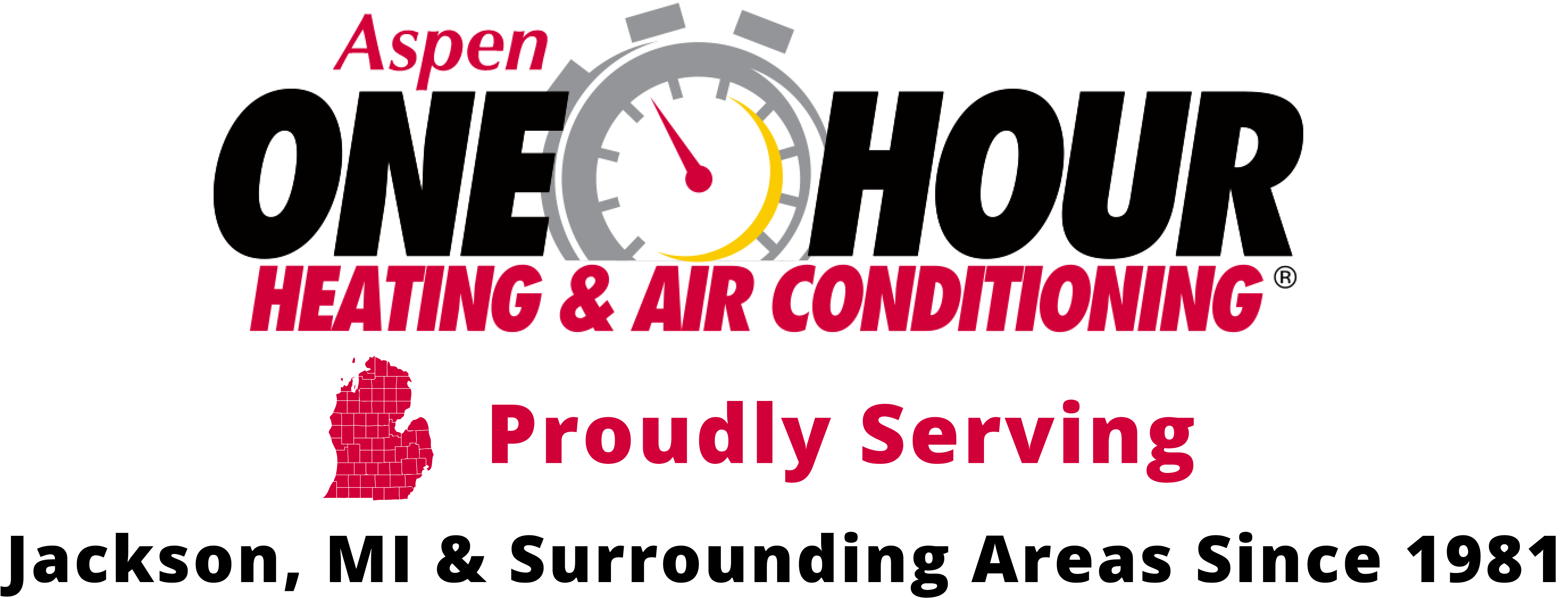When the summer heat hits Michigan, having good airflow in your home becomes essential. Whether you’re trying to reduce strain on your air conditioning system or just want every room to feel cooler and more comfortable, improving your home’s airflow can make a significant difference.
Poor airflow doesn’t just leave your home feeling hot and stuffy. It can also lead to uneven cooling, higher energy bills, and more wear and tear on your HVAC system. The good news? There are a number of simple and effective ways to get your air moving better. In this comprehensive guide, we’ll explore both DIY tips and professional strategies to improve airflow in your home this summer.
Why Airflow Matters
Before diving into the how-to, let’s talk about why airflow is so important during the summer months:
- Comfort: Even temperatures throughout your home mean fewer hot spots and cooler nights.
- Efficiency: Better airflow means your AC doesn’t have to work as hard to maintain your desired temperature.
- Air Quality: Stale air can trap allergens, dust, and humidity. Good airflow improves indoor air quality.
- System Longevity: When your HVAC system isn’t overworked, it lasts longer and breaks down less often.
1. Check and Replace Your Air Filters
Let’s start with the simplest and most often overlooked fix: your air filters. A dirty or clogged air filter restricts airflow, forcing your system to work harder and pushing less air through your vents.
What to do:
- Check your filter monthly during the summer.
- Replace it every 1-3 months depending on usage, type, and whether you have pets or allergies.
Upgrading to a high-quality pleated filter can also help trap more particles without overly restricting airflow.
2. Clear and Open Vents and Registers
Blocked or closed vents reduce the circulation of air and can lead to uneven temperatures and overworked HVAC components.
Tips:
- Make sure furniture, rugs, and curtains aren’t covering any vents.
- Open all vents throughout your home—closing them doesn’t save energy and can actually reduce efficiency.
- Dust or vacuum vent covers to prevent debris buildup.
3. Inspect and Clean Your Ductwork
Dust, dirt, and even mold can build up inside your ductwork, especially in older homes or homes with pets. Leaky ducts can also send cooled air into attics or crawlspaces instead of your living space.
Solutions:
- Schedule professional duct cleaning every 3-5 years.
- Ask your HVAC tech to inspect for leaks and seal any problem areas with mastic or foil tape.
Properly sealed and clean ducts can improve system performance and distribute air more evenly.
4. Use Ceiling and Floor Fans Effectively
Fans don’t actually cool the air, but they help it feel cooler by improving circulation and promoting evaporation on your skin.
Tips for fan use:
- Set ceiling fans to rotate counterclockwise in summer to push air down.
- Use box or oscillating fans in stuffy rooms to improve airflow.
- Turn fans off when you leave a room to save energy.
Fans also help distribute cool air from your AC more effectively, particularly in rooms that tend to trap heat.
5. Keep Interior Doors Open
Keeping interior doors open allows air to flow freely from room to room. When doors are closed, it can create pressure imbalances that restrict the movement of air through your HVAC system.
Open doors = better circulation = more consistent temperatures throughout your home.
6. Seal Gaps and Cracks
Air leaks around windows, doors, and even electrical outlets can interfere with your HVAC system’s ability to distribute air effectively.
What to look for:
- Drafty areas around doors and windows
- Visible cracks or gaps in your home’s structure
Fixes:
- Use weather stripping and caulk to seal gaps
- Add door sweeps to exterior doors
By keeping cooled air inside and hot air out, your AC can better maintain airflow and comfort.
7. Use a Zoned HVAC System or Smart Vents
If some rooms in your home are always hotter or colder than others, consider upgrading to a zoned HVAC system or using smart vents.
- Zoned systems allow you to control the temperature in different areas of your home separately.
- Smart vents open and close based on temperature and occupancy to optimize airflow.
These upgrades can improve both comfort and efficiency.
8. Schedule Regular HVAC Maintenance
Routine maintenance is one of the best ways to ensure your system is running efficiently and your airflow is optimized.
A professional technician will:
- Clean and inspect coils
- Check refrigerant levels
- Lubricate moving parts
- Inspect and test your thermostat
- Identify potential airflow blockages or restrictions
Getting a tune-up at the start of summer can prevent unexpected breakdowns and keep your system running smoothly all season long.
9. Balance Your Airflow
Balancing your HVAC system involves adjusting the dampers in your ductwork to ensure each room receives the right amount of airflow.
If you have rooms that are consistently too hot or too cold, this could be the solution.
Ask your HVAC technician to perform an airflow balancing test to:
- Measure airflow at each register
- Adjust dampers for even distribution
- Recommend any duct modifications if needed
10. Upgrade Your HVAC System
If your current system is over 10-15 years old, struggling to keep up with demand, or undersized for your home, it might be time to consider a replacement.
New systems:
- Are designed with improved airflow in mind
- Use variable-speed blowers for better circulation
- Have higher SEER ratings for better efficiency
While it’s a bigger investment upfront, a new HVAC system can dramatically improve airflow, comfort, and energy savings.
11. Add or Upgrade Attic Insulation
Heat buildup in your attic can radiate down into your living space, making your AC work harder and reducing airflow performance.
Improving your attic insulation can:
- Keep hot air out
- Stabilize indoor temperatures
- Reduce energy waste
Pair insulation upgrades with proper attic ventilation for maximum effect.
12. Install an Air Purifier or Dehumidifier
Poor air quality and excess humidity can both affect airflow. High humidity, in particular, makes air feel heavier and your HVAC system less efficient.
Solutions:
- Whole-home air purifiers keep the air moving and remove airborne particles.
- Dehumidifiers reduce moisture in the air, improving comfort and airflow.
In Michigan’s humid summers, a dehumidifier can be a game-changer.
Bonus Tip: Use Window Treatments to Reduce Heat Load
Excessive sunlight can increase your home’s internal temperature, causing your AC to work overtime and reducing effective airflow.
Suggestions:
- Use blackout curtains or blinds during peak sunlight hours.
- Install reflective window film.
- Add exterior shading like awnings or pergolas.
Reducing the heat load on your home helps your HVAC system distribute cool air more efficiently.
Final Thoughts: A Cooler, More Comfortable Home Awaits
Taking action to improve airflow in your home doesn’t have to mean expensive upgrades or major renovations. Often, a few strategic adjustments and some routine maintenance can go a long way in boosting comfort and lowering energy bills during the hot Michigan summer.
Whether you start by changing your filters, sealing up leaks, or scheduling a professional HVAC inspection, every step helps your system work smarter—not harder.
Need help optimizing airflow in your Michigan home? Contact our team today for expert advice, honest service, and reliable solutions that keep your home cool, comfortable, and energy-efficient all summer long.

